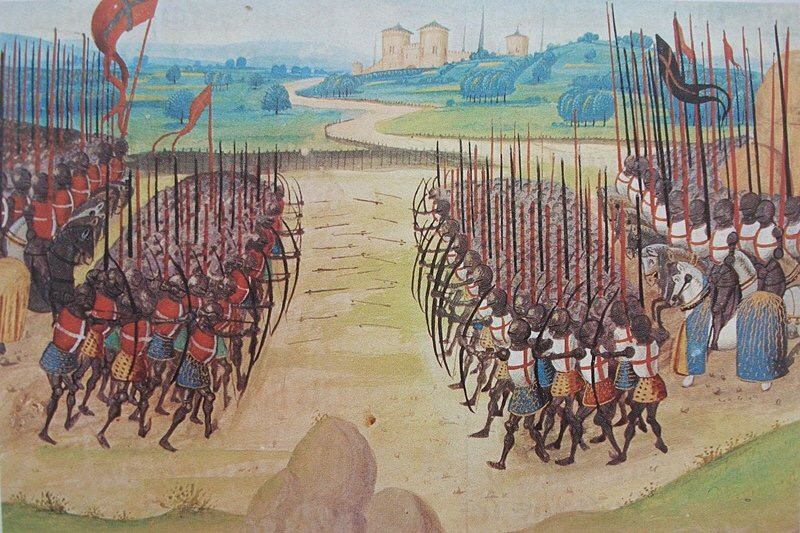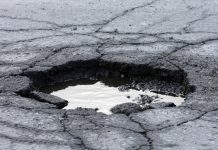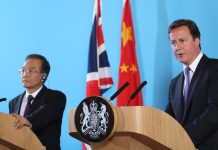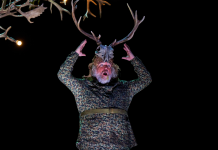The size of the naval fleet that sped Henry V army across the Channel to Agincourt may have been less than half that was first observed.
A conference taking place at Southampton University on the six hundredth anniversary, War on Land and Sea, will hear evidence that Henry had a fleet of ships less than half the size of that which accepted history suggests.
The research by Southampton’s Dr Craig Lambert examined the naval preparations which allowed Henry V’s army to travel from England to France. Using English exchequer rolls in the National Archives at Kew, along with other sources.
Previous estimates put the fleet at 1500 ships, but Dr Lambert’s study shows the figure was much less, at around 650 – which fell short of Henry’s expectations. However, it does seem English ships formed the bulk of this fleet – contrary to previous theories that it was mainly formed of foreign vessels.
Findings also show there was a sophisticated and well-planned series of naval operations designed to guard the English coast and protect the gathering fleet.
Dr Lambert says: “Historians have largely ignored the maritime operations for the transfer of Henry’s army, with the story of Agincourt dominated by analyses of the campaign and the battle. With my paper, I wanted to give a clearer picture of the process of transporting the troops and the scale of the operation involved.”
Henry V’s fleet slipped out of the Solent on 11 August 1415 and headed to the Chef de Caux (near modern day Le Havre) – carrying 12,000 men, including the King himself onboard his ship the Trinite Roiale. This vital journey took place around two months before Agincourt – a crucial battle in the Hundred Years War, which saw outnumbered English troops achieve a major victory against the French.
‘The 600th Anniversary of the Battle of Agincourt Conference 2015: War on Land and Sea’ takes place over four days at the University of Southampton’s Highfield and Avenue campuses. It will include a tour of historic sites in Hampshire and a public session featuring leading specialists – including well-known historian Dr Ian Mortimer, who has taken part in a number of high profile TV and radio documentaries.
The conference has attracted speakers from universities, museums and organisations across Europe and the United States, and includes many presentations and debates led by University of Southampton historians and archaeologists.







